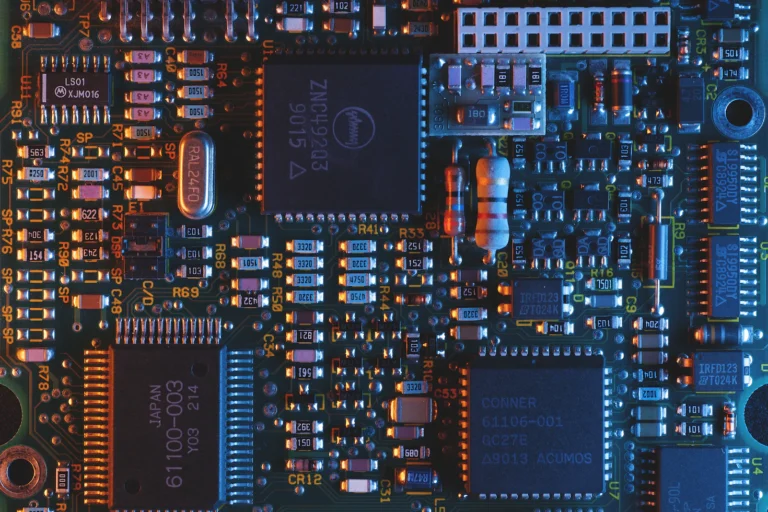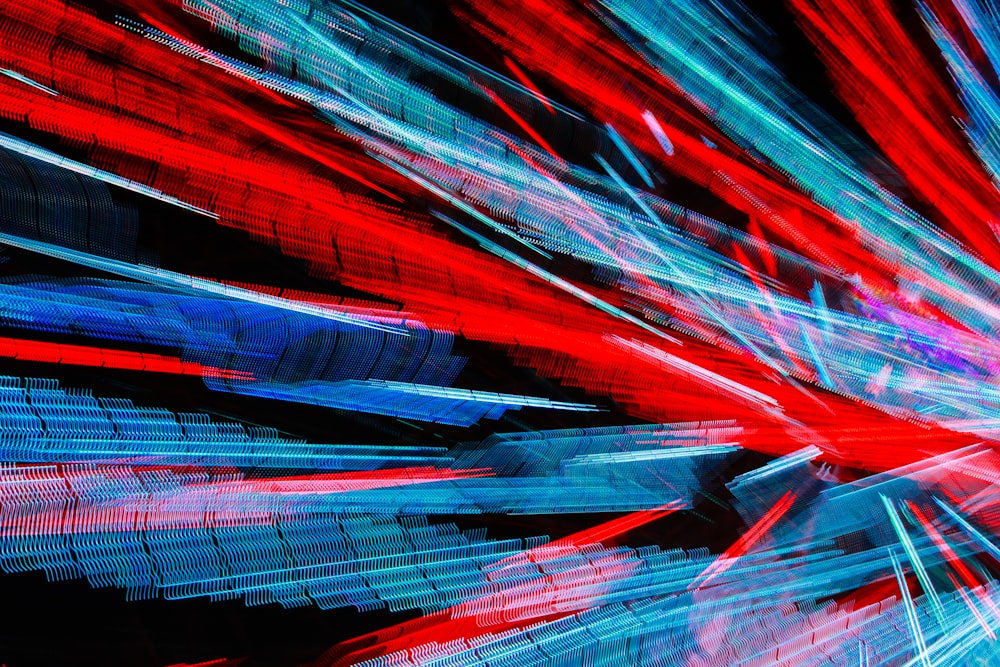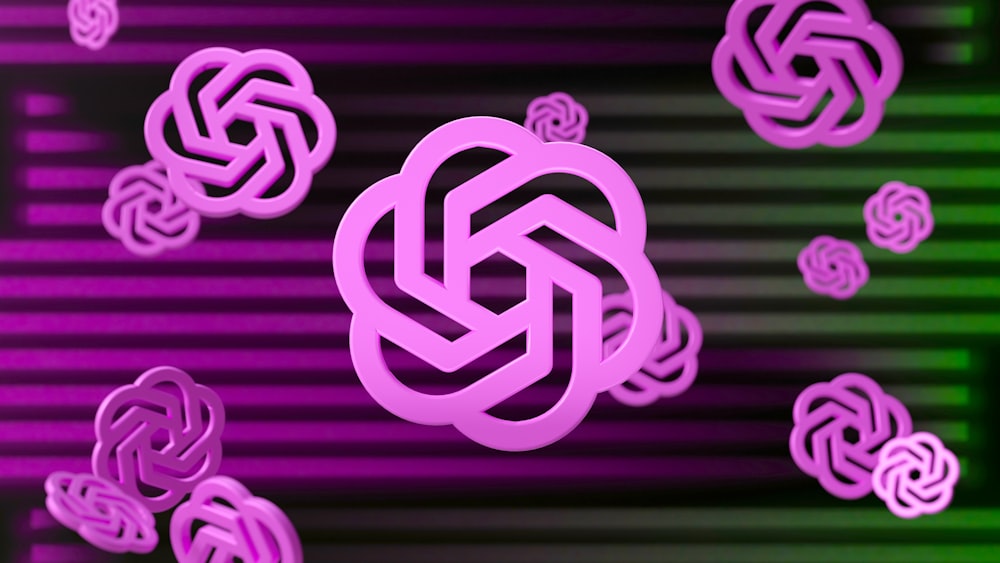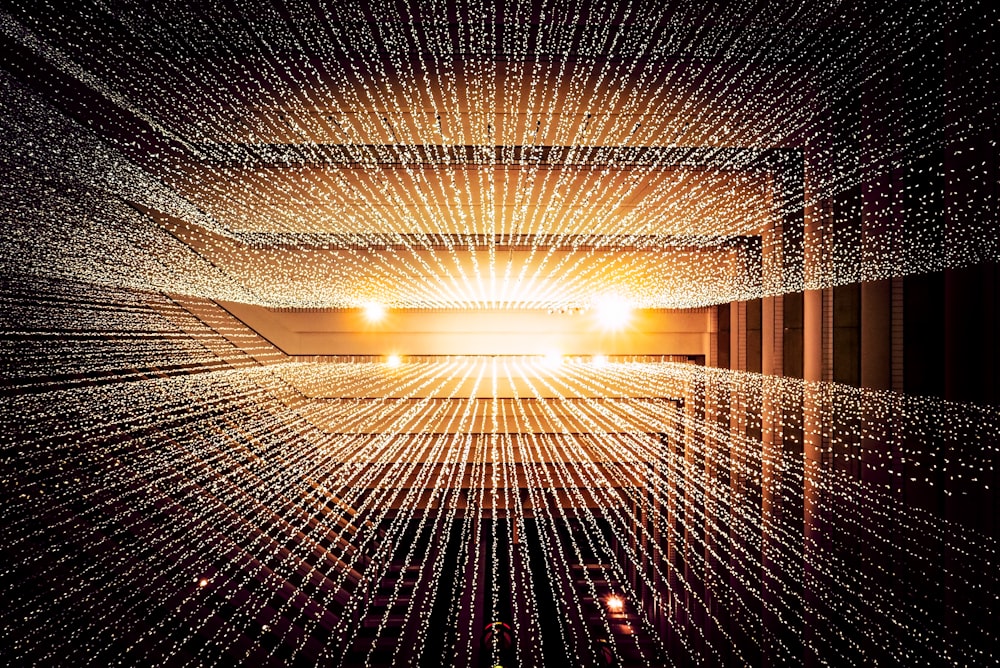If you haven’t heard of AI in the last few years I am not sure where you have been hiding. It seems every other headline is talking about the use of AI in all aspects of our lives and the big question of whether it will enhance our lives or take over! If you’re like me, I am only just starting to understand what AI can do and its implications given it is evolving so quickly.
Artificial Intelligence, or AI, has always played a crucial role in revolutionizing various industries. From healthcare to finance, AI has transformed how we live our lives.
However, have you ever wondered about its contribution to the world of photography? In this blog post, we will dive deeper into the world of AI in photography and understand how it has changed the game for the better.
So What is Artificial Intelligence?
Before we dive into the complex world of AI in photography, let’s first define “Artificial Intelligence.” In simple terms, AI refers to the development of smart machines that can perform tasks that typically require human intelligence, such as visual perception, speech recognition, decision-making, and translation between languages. AI machines use algorithms and learn from data to make decisions and predict outcomes.
How is AI Used in Photography?
In our view, AI has significantly impacted the field of photography in multiple ways, and its influence continues to grow as technology progresses.
For starters, AI-powered cameras are now prevalent in the market. These devices use machine learning algorithms to adjust settings automatically depending on the scene, enhancing the quality and composition of each photo. They can recognize faces, detect light conditions, and even identify specific objects within a frame, all in real-time. This allows photographers to focus more on the moment rather than manually adjusting settings.
AI is also revolutionizing photo editing software. Tools like Adobe Lightroom and Photoshop have integrated AI technologies to streamline the editing process. These tools can now automatically correct colors, adjust lighting, and even suggest aesthetic enhancements based on the content of the photo. More advanced software can even remove unwanted objects from a photo or replace the background entirely, all with just a few simple clicks.
Furthermore, AI is making strides in the realm of computational photography. This involves capturing multiple images with different exposure levels and lens settings, then using AI to merge these photos into a single, high-quality image. This process results in photos with greater dynamic range and detail than would be possible with a single exposure.
AI in photography is not just a game-changer, it’s an industry revolution. With its ability to automate intricate processes and enhance image quality, AI is poised to redefine the boundaries of what’s possible in photography. The big question is is this a good thing for the industry, bringing us all forwards or will it take over what people view as an art form?
Does AI Make Photography Better?
AI has become an integral part of enhancing the visual appeal of photographs. It can optimize composition by identifying the most visually pleasing arrangement of elements within a frame. AI algorithms can analyze thousands of photos to understand what compositions are considered aesthetically pleasing. This can assist amateur photographers in framing their shots more professionally.
AI can also intelligently enhance colors and contrast within a photo, making it look more vibrant and lively. It can analyze individual color channels, adjust saturation levels, and modify hues to make a photo look more appealing. Moreover, AI can reduce noise and enhance sharpness, making photos look clearer even when shot in low-light conditions.
Furthermore, AI can enhance the depth-of-field effect, creating a more pronounced bokeh effect by intelligently identifying the subject and background and adjusting the focus. Ultimately, AI’s capacity to analyze and manipulate various characteristics of a photograph can significantly improve the overall visual appeal of the image, making photography more accessible and enjoyable for everyone.
Does AI Help with Photo Editing?
AI helps with photo editing in many ways. One way is through the development of AI photo editing software that uses machine learning algorithms to automate and streamline the editing process. AI-powered software can identify the subject in a photo, enhance facial features, and even remove unwanted objects from a picture.
Does AI Generate Imagery?
AI can also generate new imagery. For instance, AI-powered tools such as GPT can create lifelike paintings or designs, which have been sold for millions of dollars. The technology behind this artwork is based on machine learning algorithms that learn from examples of existing artwork and then generate new paintings that look as if they were done by a human artist.
Which AI Tools Create Photography?
AI tools such as ChatGPT can indirectly assist in photography. While they are not designed to directly capture or edit images, AI-based conversational models like ChatGPT are instrumental in enhancing user experience in photography applications. They can provide users with tips, advice, and guidance on using the app, improving their photography skills, or using advanced features effectively.
Other AI tools like DeepArt, Prisma, and DeepDream are designed to transform photographs into artistic images, employing complex algorithms to emulate the styles of famous artists, or even create unique, surreal imagery.
Can AI Adapt Images, Backgrounds, Etc.?
Indeed, AI can change and improve images dramatically. For instance, AI tools like Adobe’s Sensei leverages machine learning to automatically enhance image quality by adjusting lighting, contrast, and color balance. Furthermore, it can also identify and tag objects in pictures, making it easier for photographers to organize and search their photo libraries.
Another example is the AI-powered tool Remove.bg, which can automatically detect the subject in an image and remove or change the background within seconds. This tool is particularly useful for e-commerce businesses that often need to present product images on white backgrounds.
Lastly, FaceApp, a popular AI-based application, can transform facial images in various ways, such as changing the age or gender of the person, adding a smile, or even modifying the hairstyle. The app uses neural networks to make these transformations look incredibly realistic.
Final Thoughts
In conclusion, the integration of AI in photography has opened up a realm of possibilities, enhancing user experiences and offering an array of advanced features. AI-based tools have redefined the boundaries of image enhancement, background replacement, and photo organization. They allow everyday users to achieve professional-level photography and editing results, making these fields more accessible and engaging than ever.
However, it’s also essential to acknowledge the potential drawbacks. With such powerful tools comes the risk of misuse, such as creating misleading images or infringing on personal privacy. Moreover, AI, while proficient at mimicking styles and effects, may lack the ability to replicate the nuanced understanding and creative vision that a human artist possesses. As we continue to embrace the benefits of AI in photography, it is crucial to address these challenges and ensure the technology’s ethical and responsible use.
Looking forward, our biggest prediction for AI in photography revolves around the concept of fully autonomous photo editing and composition. As AI continues to evolve, it’s plausible that the technology will reach a point where it can independently analyze an image, identify its strengths and weaknesses, and then make necessary adjustments to lighting, color balance, and composition without any human intervention. This could revolutionize the industry, allowing even novice photographers to produce high-quality, professional images. However, this prediction also brings additional ethical considerations that will need to be addressed, such as questions about authorship and originality in an era where AI plays a significant role in the creative process.
In my view, there is no escaping the impact and progression of AI whether you agree with it or not. I think we need to find a place where the best of AI is incorporated to progress the world of photography. People will always be at the heart of this magnificent industry, so let’s all continue to evolve and learn and use AI for the better.
Agree with us? We’d love to hear your thoughts.






